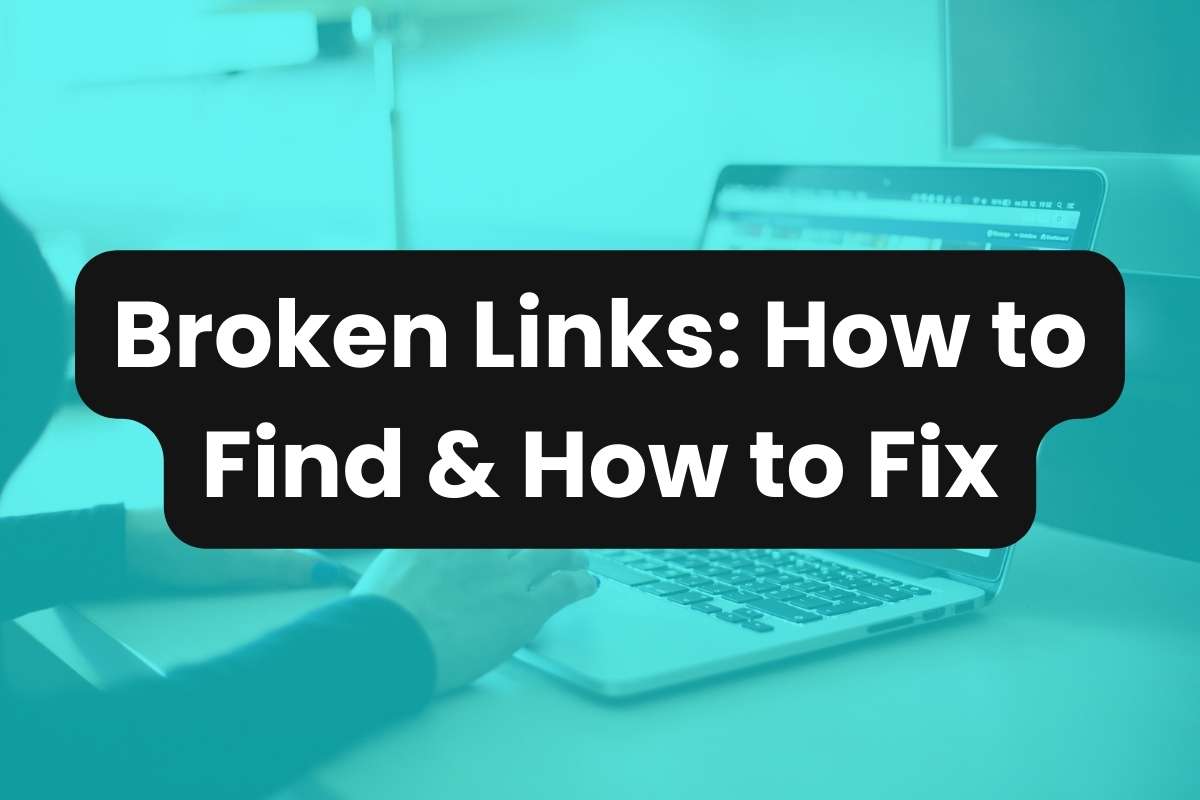Maintaining a healthy website involves consistent monitoring and updating hyperlinks to keep them from breaking. Understanding what broken links are, how to identify them, and the methods for fixing them are crucial for website maintenance. This article provides a comprehensive guide on handling broken links effectively.
What is a Broken Link?
A broken link, also known as a dead link, occurs when a hyperlink on a website points to a page or server that is no longer available.
This often results in a 404 error page, which indicates that the file, page, or document does not exist on the server.
Broken links can arise due to various reasons such as the removal of the linked page, changes in the URL structure, or the expiration of a domain.
Examples of Broken Links
Not all broken links resolve in the same way. Here are some examples of broken links:
- 404 Not Found Error: The most common manifestation of a broken link is when users click a hyperlink and receive a 404 error message.
- Server Error: Sometimes links lead to a server error, indicating issues beyond just moved or deleted content.
- Timeout Error: Links that result in a timeout error often point to a server that is no longer operational or is experiencing issues that prevent it from responding in a timely manner.
Are Broken Links Bad for SEO?
Yes, broken links on a website can have a negative impact on SEO. When a search engine crawls a website, it scans both internal and external links to get more context about the website and its content.
If a link is broken, it hinders search engines from fully contextualizing your website, which ultimately tells search engines that your site is not updated or providing the most available information.
How to Find Broken Links
There are many ways to find broken links on a website, but here are the most common methods:
Online Tools
Tools like Ahrefs, SEMrush, or Google Search Console offer comprehensive ways to scan your website for broken links, providing detailed reports.
Browser Extensions
Extensions like Check My Links or Broken Link Checker can quickly identify dead links directly within your browser.
Manual Checking
For smaller websites, manually clicking through each link can be effective but time-consuming.
How to Fix Broken Links
Here are some options to fix a broken link on your website:
Update the Link
If the content has moved to a new URL, update the hyperlink to point to the new URL.
Remove the Link
If the content no longer exists and there’s no relevant replacement, remove the hyperlink to avoid leading users to a dead end.
Redirect the Link
If a URL no longer exists but the content can be found on a new page, implement a 301 redirect for the old URL to the new URL.
Summary
Regularly checking and fixing broken links is essential for keeping your website healthy and user-friendly.
Not only does it improve site navigation, but it also boosts your site’s SEO performance by ensuring that search engines can efficiently index your site and visitors are not frustrated by dead ends.
By proactively managing broken links or utilizing short internal links, you maintain a professional and reliable online presence.


